Our journey to Expo Osaka begins…
🛫 Day 1: Midnight in Switzerland
We started our trip just after midnight; we picked up all the students from their homes and drove down through the Alps, arriving at the parking lot of Milan Malpensa at 5:00 in the morning, giving us plenty of time to get some breakfast, check in, and grab our flight right back to Switzerland. Now, why would we do that? Why would we go all the way down to Italy just to take a Swiss flight back to Zürich? Frankly, it was about half the price. Hey, the students have to learn about budgeting, don’t they?
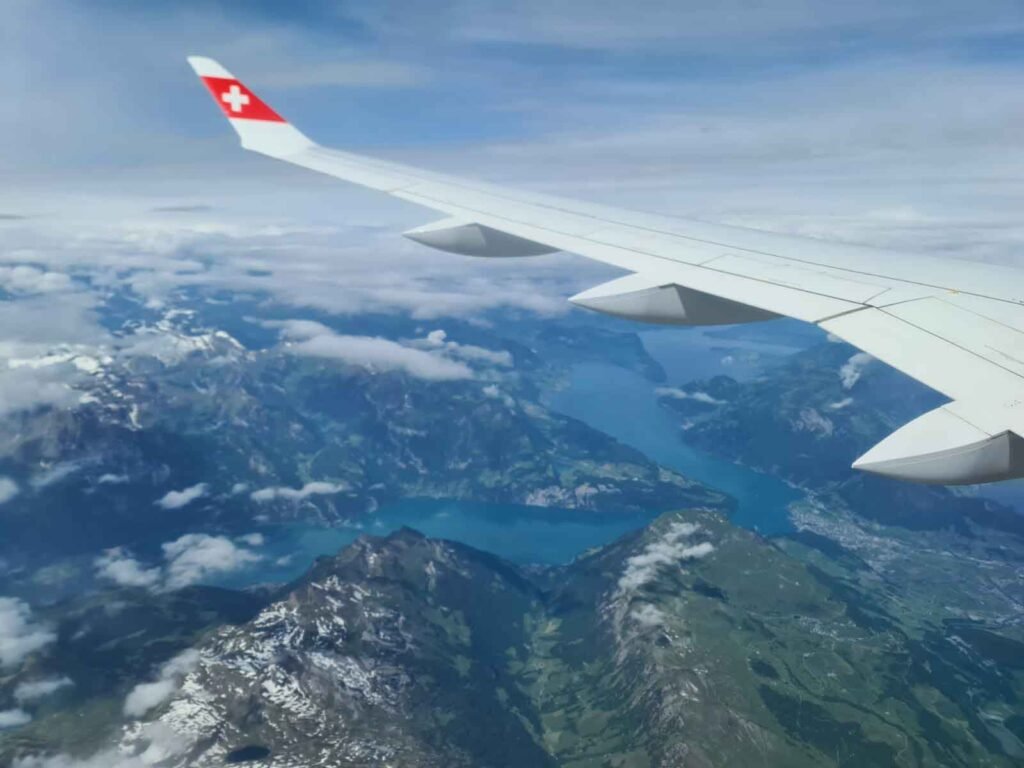
The connection in Zürich Airport was a bit stressful — our flight arrived late, the plane parked in the middle of nowhere, and it took half an hour for us to get the shuttle bus to the terminal. But, a short sprint through the airport, and we made it to the gate as they were boarding. Next thing you know, we are on our flight to Tokyo Narita, International Airport! The excitement was high. We’ve been preparing for this trip all semester, and even though we knew exactly where we were going to go and what we were going to see, we had no idea what the trip was going to be like. Even though it was an overnight flight, we couldn’t sleep.
🚄 Day 2: High Speed to Kyoto
We arrived in Tokyo on time and because the students had been prepared, they all had completed their forms online and had their QR codes ready. Getting through immigration was a breeze. Once through customs, The first thing we did was get everybody a SUICA card because let’s face it, you cannot survive in Japan without one.
Now, you’d think that going from Basel to Milan to Zürich to Tokyo would be exhausting. And you’d be right. But we weren’t done yet. After grabbing a quick breakfast in Tokyo, we boarded the Shinkansen and shot across the country to Kyoto—because the students wanted to start their Japan adventure in the heart of tradition. They wanted to immerse themselves in the ancient capital, home to shrines, temples, and centuries of cultural memory.
⛩️ Still Day 2: The Shrine, the Forest, and the Long Walk Back
After checking into our hotel, we walked explore the city, visited shops, ate (a lot), and made our way to Kiyomizu-dera, a sacred temple nestled in the forested hills. Bells echoed. Water flowed. Lanterns flickered. Instagrammers selfied. The devout prayed. And we just took in the beauty of the surroundings.
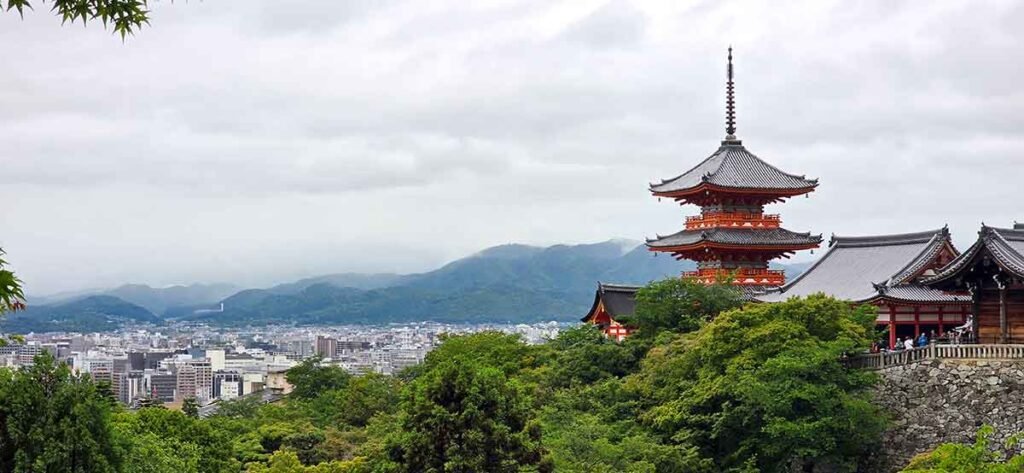
⸻
⛩️ Still Day 2: The Shrine, the Forest, and the Long Walk Back
The temple closed at six and we decided to go back to the hotel to rest up for a little bit and then go get some dinner. But even though we were all exhausted, we decided to press on. Knowing the shrine is open 24 hours a day, we decided to visit Fushimi Inari Taisha, the thousand torii gates—one of the most iconic places in Japan.
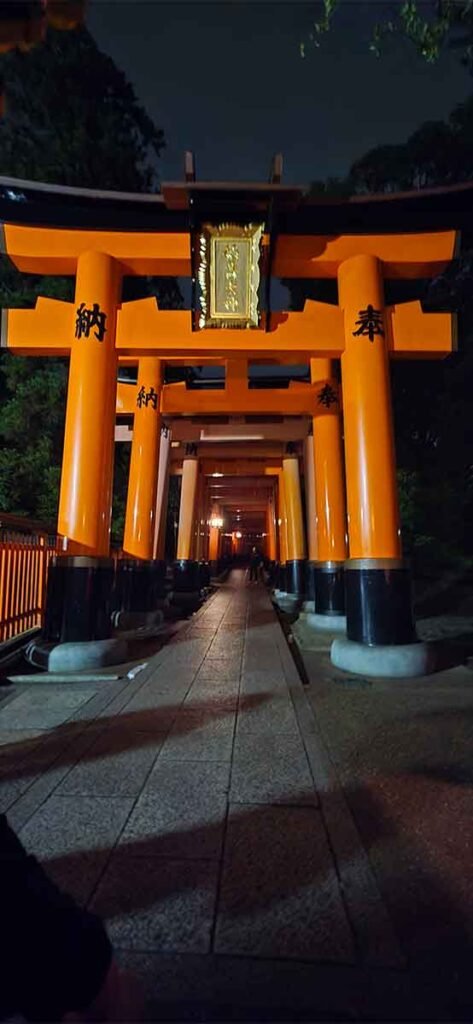
We walked through under the glowing orange gates, took the hidden paths through the forest, and just enjoyed the peace and tranquility, long after the crowds left.
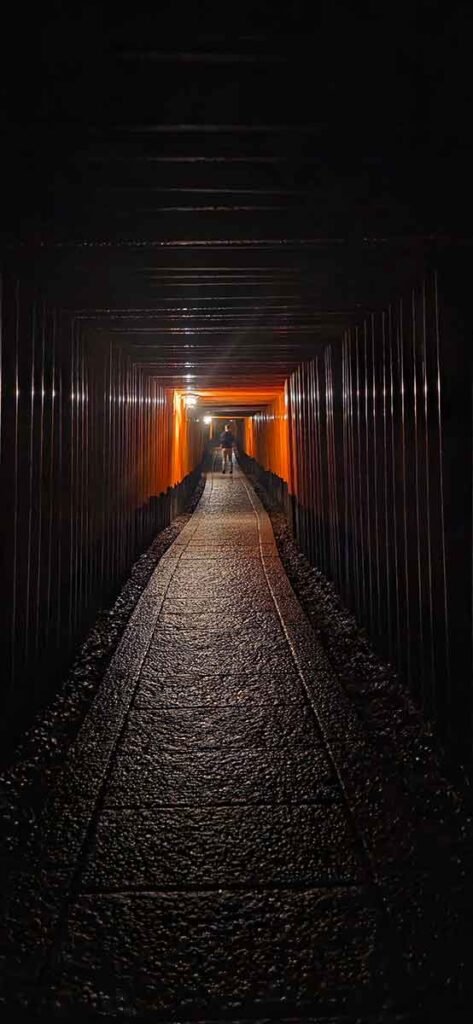
No trains were running by the time we finished, so we walked slowly back through the quiet city, streets lit only by vending machines and moonlight.
It was the perfect ending to 2 very long and hectic days.
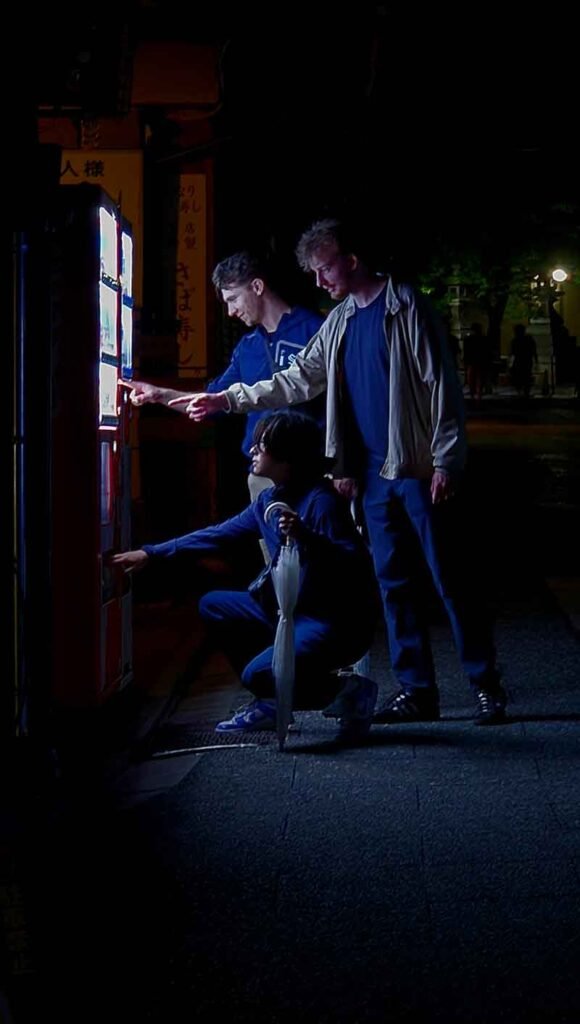
⸻
🎮 Nintendo: The Business of Innovation
The next morning, students traded sacred history for cutting-edge innovation. At the Nintendo Museum, they explored the company’s journey from 19th-century playing cards to one of the most influential entertainment brands on earth.
• 🃏 Traditional roots in local card games
• 🌐 Global strategy and brand evolution
• 🧠 Business takeaways from a legacy of reinvention
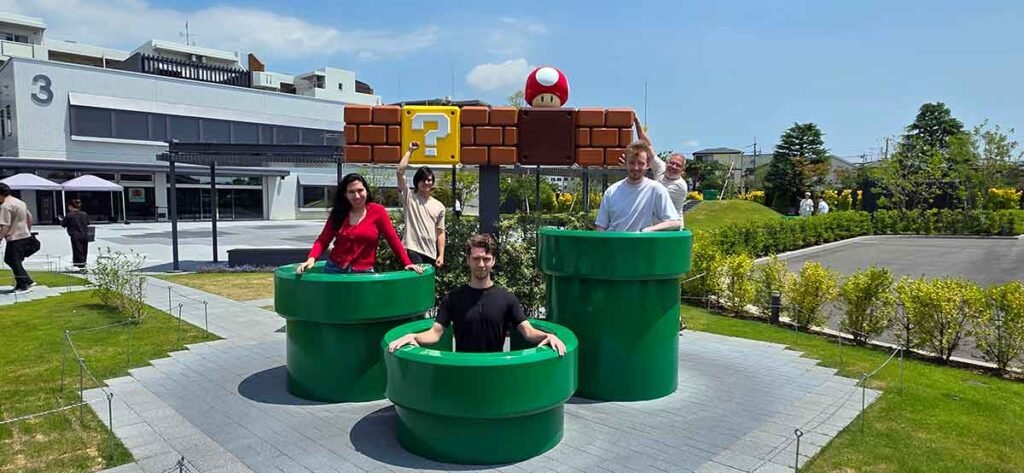
What made it special was the contrast: the old-world temples one night, a tech-driven creative empire the next. It showed students what adaptation and longevity really mean in business. And of course, being in Japan for the launch of the Switch 2 — much more on that later!
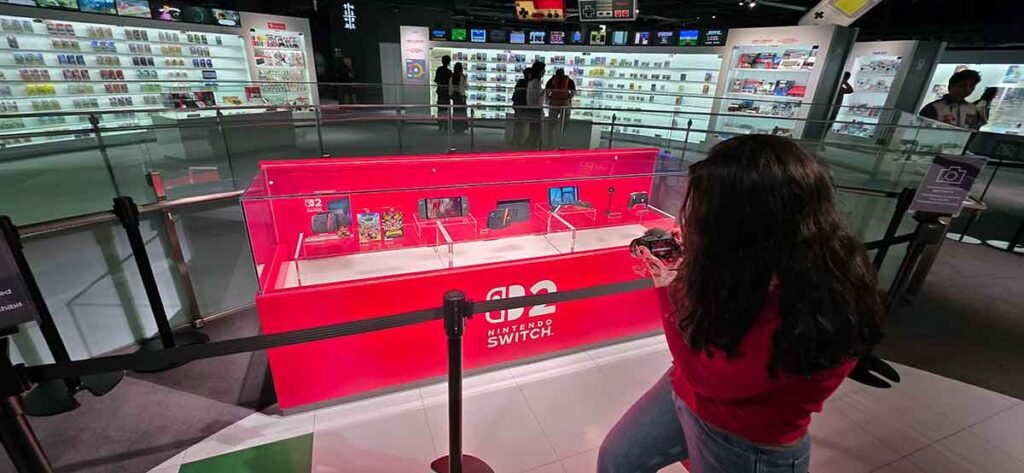
⸻
💪 Building Grit—One Step at a Time
None of this was accidental. The exhaustion was part of the curriculum.
Why?
Because students learn something essential when they’re outside their comfort zones:
That they’re capable of more than they thought.
That they can navigate uncertainty, discomfort, and jet lag—and still show up curious.
They carried their own bags.
They bought their own train tickets.
They walked until their legs hurt.
And they supported one another when it got hard.
That’s where the real education happened.

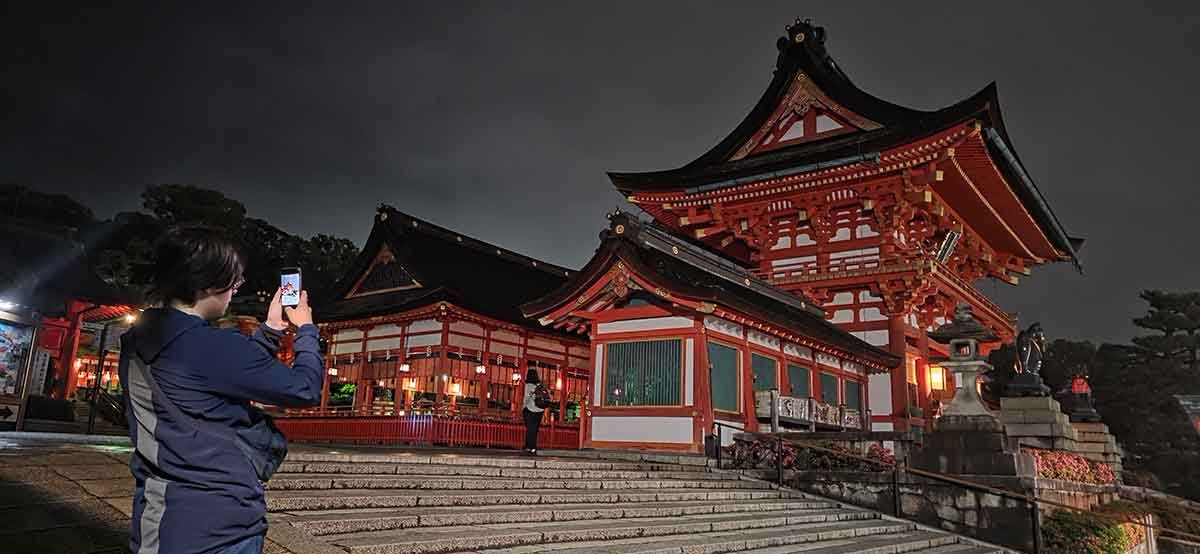
0 Comments